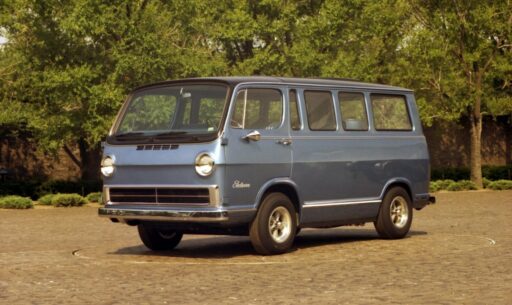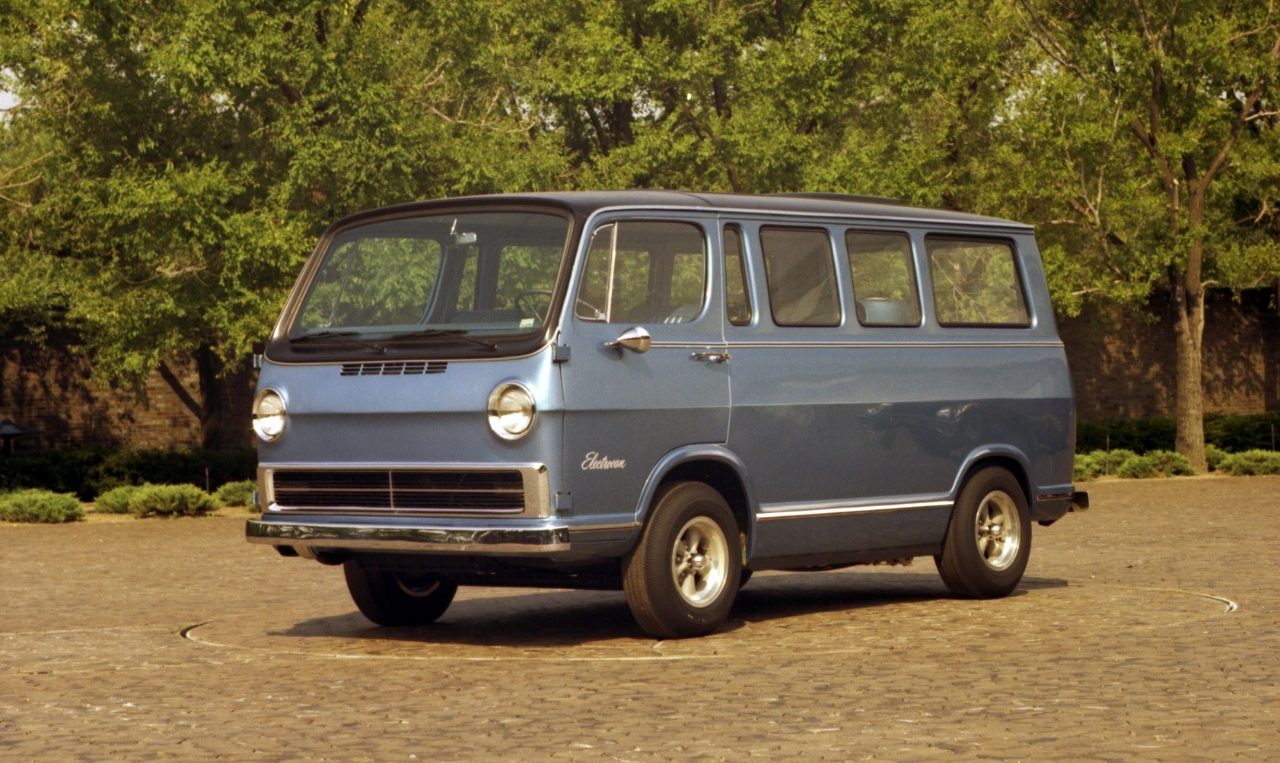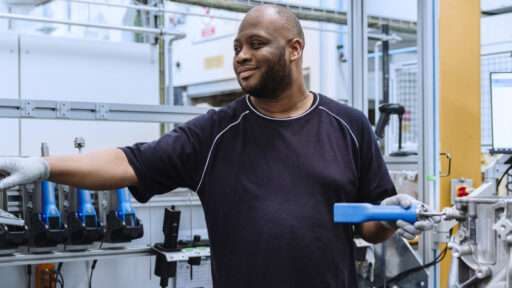The story of the GM Electrovan is a fascinating, often overlooked chapter in both automotive and space-age innovation—a bold experiment that laid the groundwork for today’s hydrogen fuel cell technology.
While modern fuel cell vehicles are compact and highly efficient, it’s easy to forget they owe part of their lineage to a boxy 1966 GMC Handi-Van, retrofitted with a massive, complex hydrogen-oxygen fuel system inspired by NASA’s Apollo program.
READ MORE: Fiat Uno Turbo i.e. Celebrates 40 Years of Performance, Innovation, and Bold Design
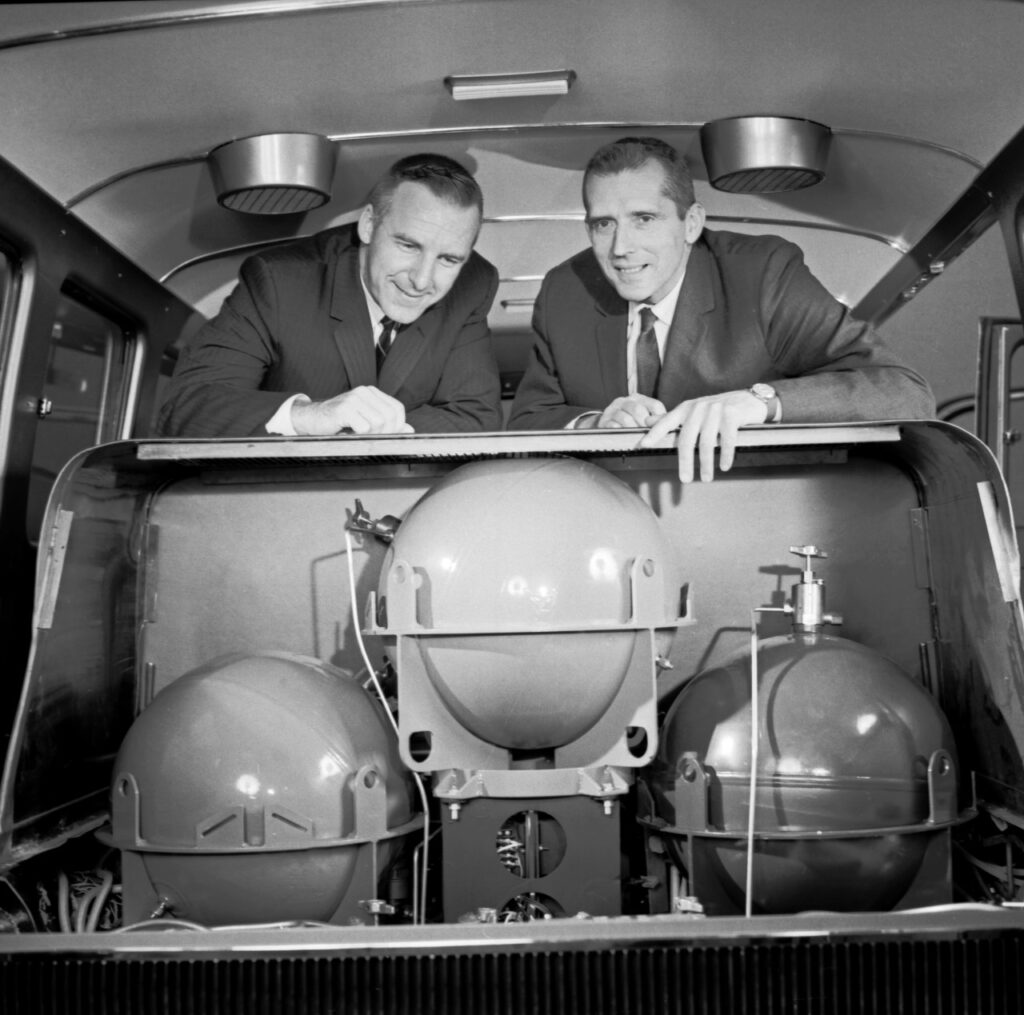
GM, in collaboration with Union Carbide, adapted the fuel cell systems originally developed to power spacecraft life-support systems for Earth-bound transportation—a radical and ambitious undertaking at a time when such ideas bordered on science fiction.
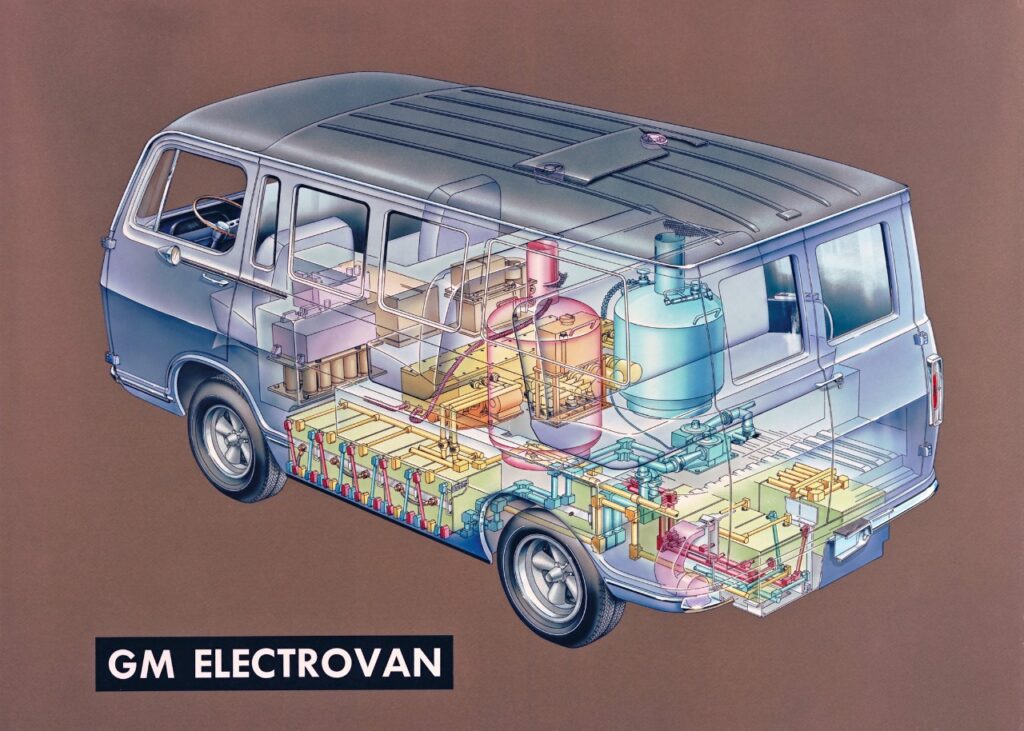
Led by Dr. Craig Marks, GM’s Electrovan program was born in a burst of 1960s innovation fever. Starting in 1964, GM explored battery-electric and fuel-cell propulsion, ultimately producing not only the Electrovair I and II (based on the Chevrolet Corvair) but also the first fuel-cell powered vehicle ever built.
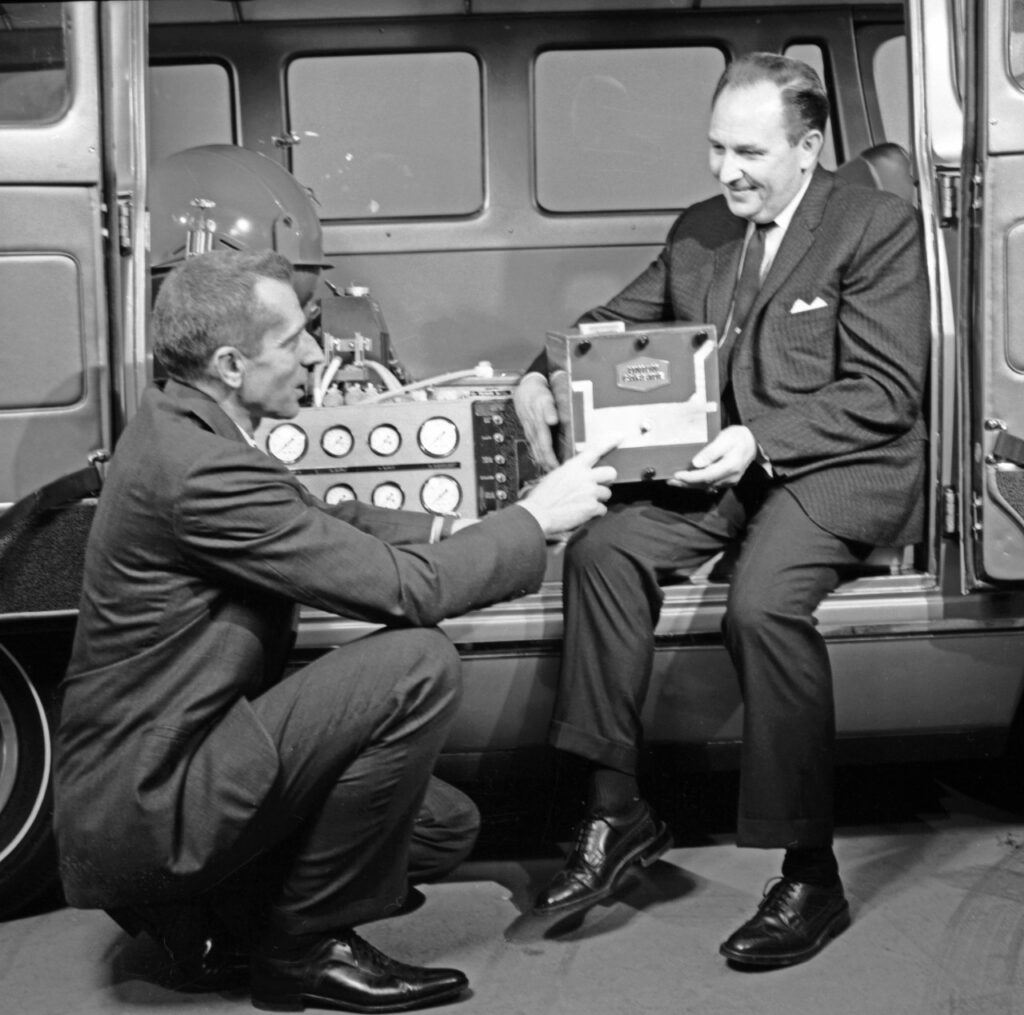
At its core, the Electrovan was a proof of concept, not a market-ready product. It weighed 7,100 pounds, with nearly 4,000 pounds attributed solely to its propulsion system.
Its power source—massive tanks of compressed hydrogen and oxygen—was housed in a van that, after conversion, could seat just two people and required a special outdoor test facility due to its explosive potential.
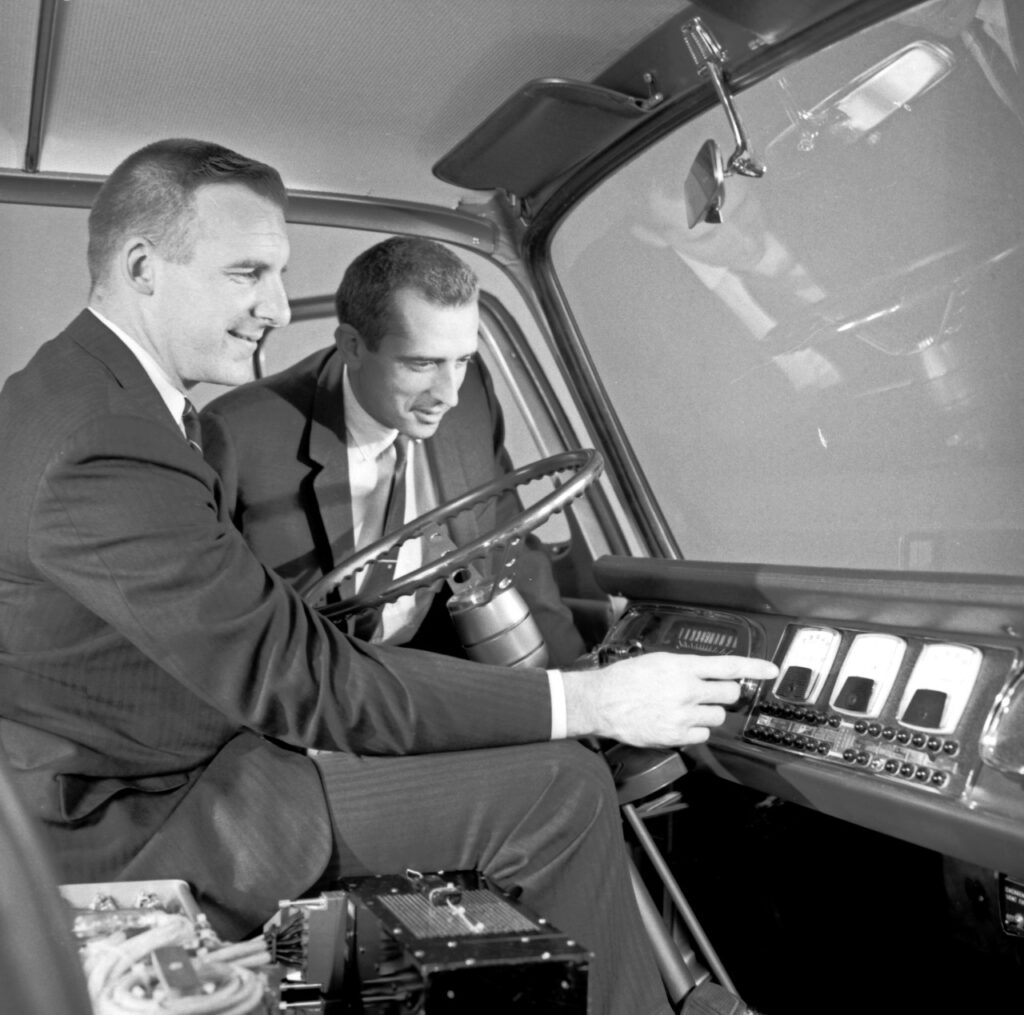
Yet, it worked. Electrovan successfully demonstrated that fuel-cell propulsion was technically feasible, even if impractical at the time due to its enormous weight, complexity, and cost (the platinum alone could fund a fleet of gas-powered vans).
GM’s goal wasn’t commercialization but exploration—showcasing how fuel cells could transition from space tech to terrestrial applications.
Fast forward to today, and GM HYDROTEC is taking that vision into reality. Modern HYDROTEC fuel cell power cubes—about the size of a suitcase—are modular, efficient, and versatile.
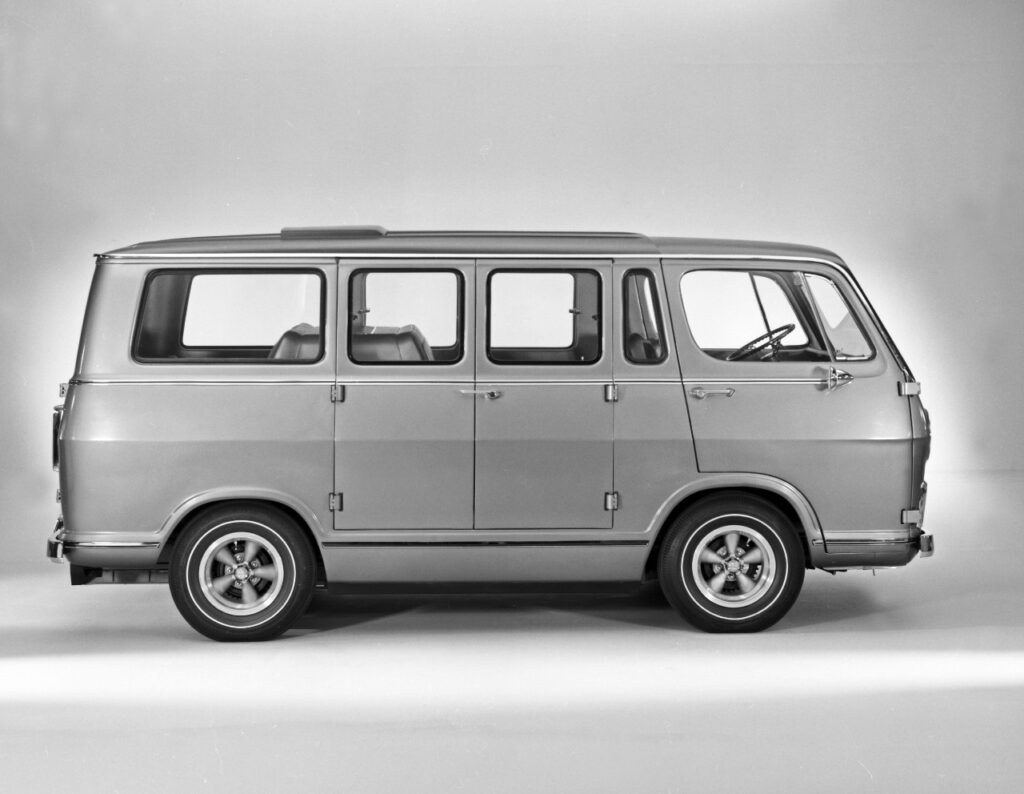
GM now deploys them in everything from mobile EV chargers and Class 8 trucks to mining equipment and aerospace prototypes, often in partnership with companies like Komatsu, Autocar, and Honda.
As Charlie Freese, GM’s head of fuel cell operations, explains, the strength of fuel cells lies in heavy-duty transport, where battery size, weight, and charge times become problematic. For large vehicles with long operating hours—like trucks, buses, and construction machinery—hydrogen offers rapid refueling and high energy density without sacrificing payload.
The Electrovan may have never hit public roads, but its DNA lives on in this next generation of clean energy mobility.
What began as an experimental moonshot now powers a very real, and increasingly necessary, solution for the decarbonization of heavy transport. As Freese puts it: “Fuel cells are no longer filling up a van—they’re filling a critical gap in the future of energy.”
And for a company with over a century of innovation, the Electrovan is a reminder that the future often starts with a wild idea and a willingness to try.
READ MORE: Porsche 911 Spirit 70 Unveiled: A Unique Blend of Freedom, Performance, and Joie de Vivre
Subscribe today for the freshest car news delivered to your inbox
